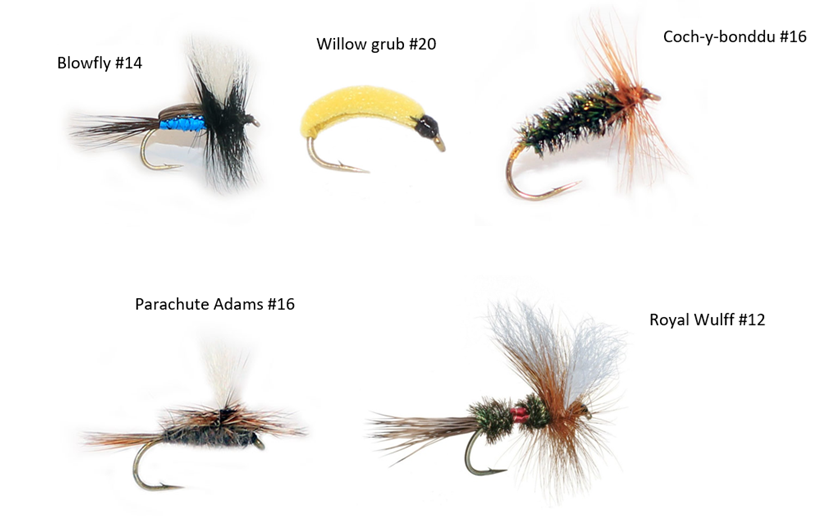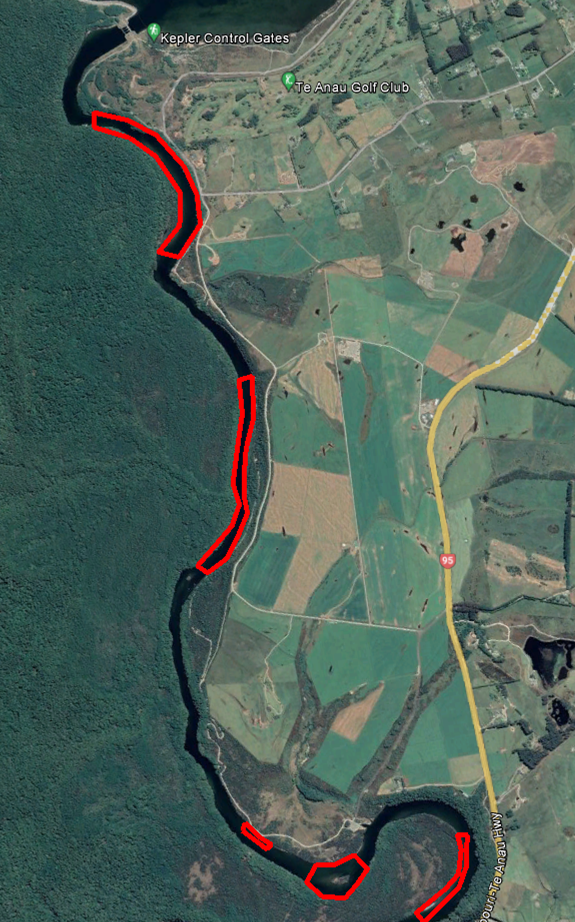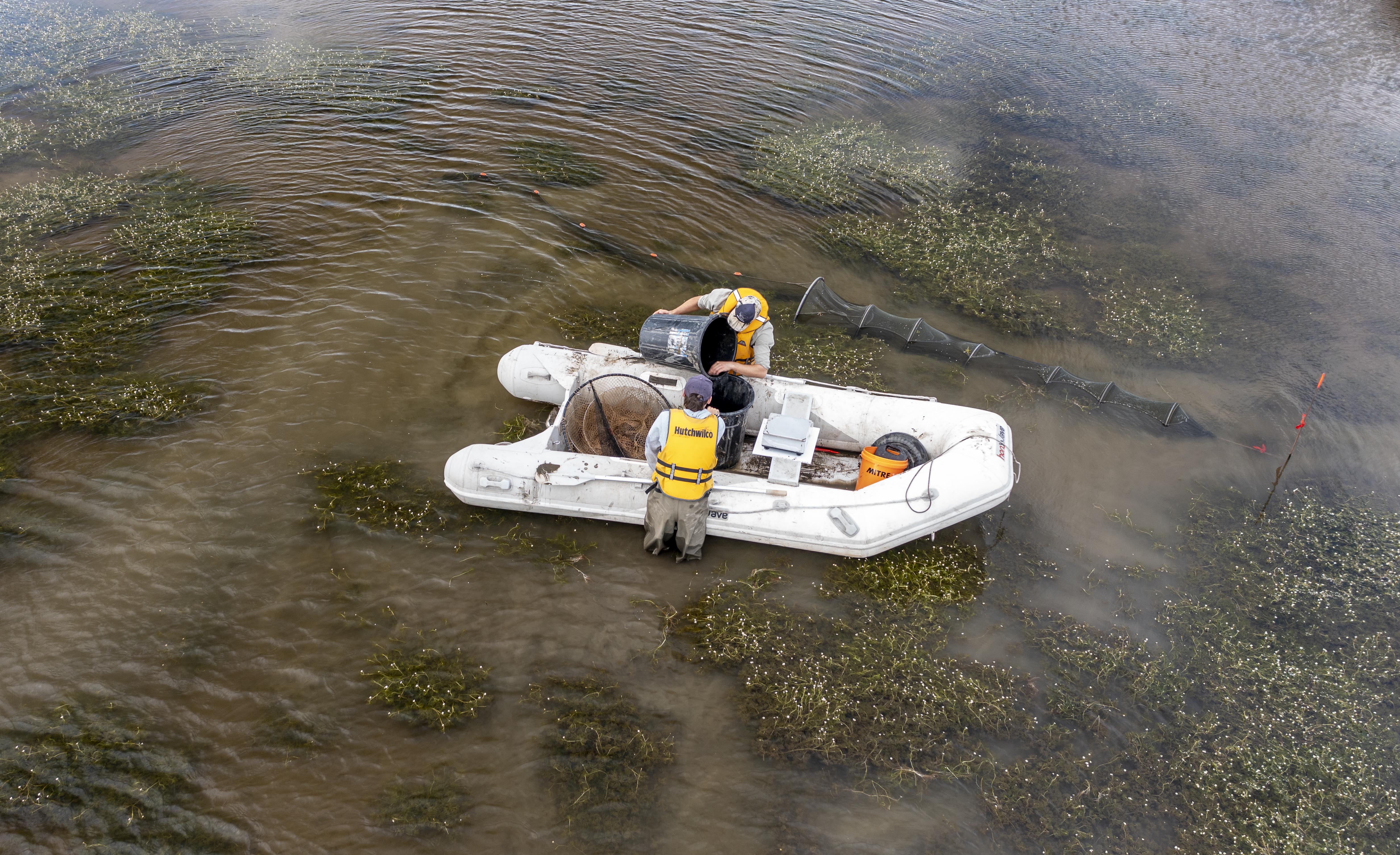Reel Life March 2022
- Southland
- 22/02/2022
Southland Region
Summertime is terrestrial time
It’s summertime so terrestrial insect activity is really starting to ramp up which can make for some great dry fly fishing action.
We have heard reports that the upper reaches of our rivers are currently fishing very well, particularly the Waikaia, Mataura and Oreti.

Top summer dry flies
Need some ideas on what summer dry flies to use? Here are our top five:
- Blowfly – Great buoyancy and visibility. Can be paired nicely with a nymph dropper.
- Willow grub – great for targeting fish sipping at willow grubs underneath willow trees.
- Coch-y-Bonddu – a classic beetle imitation that consistently catches well.
- Parachute Adams – an emerger mayfly imitation. Perfect for when you see a few mayflies buzzing around.
- Royal Wulff – A great attractor dry fly which can imitate many terrestrial insects. Perfect for prospecting and pairing with a nymph dropper.
Interesting perch behaviour
Speaking of terrestrials, have you ever heard of perch taking off the surface?
This month, one of our Te Anau based honorary rangers reported observing a large perch feeding off the water surface in the Rakatu wetlands.
When he first saw the perch leaping out of the water, he reported thinking “that doesn’t look like a trout to me”.
Out came his spinning rod with his veltic spinner and the result was a nice fat perch of four pounds–a very sizable specimen.
Upon dispatching and gutting the perch, he was surprised to see the perch had a gut full of cicadas!

A cicada eating perch from the Rakatu wetlands
This large perch had obviously cottoned on to the fact that cicadas make for an easy and calorie rich meal.
So here is a fun challenge for all you fly anglers out there, have a crack at catching a perch on a dry fly.
Upper Waiau hot spots
We recently conducted our upper Waiau drift dive as part of our annual trout monitoring program.

Upper Waiau hot spots
We can report that numbers are looking good with plenty of fat rainbows well distributed throughout the river.
However, there are certain areas where the numbers are much higher, up to 100 fish per 100m of river.
These areas tended to be the run type habitat of about 2m in depth.
If you want to know where the high densities of fish are, the real hot spots, check out the map.
The red areas are where there are the highest trout numbers.
Research update
Over the summer months Southland Fish & Game staff have been conducting research in the Rakatu-Redcliff wetland complex.
In our current project we are looking to quantify how perch can be used as a prey source by native eels.
What we have found so far is that when juvenile perch are available in a wetland, the eel density is three times higher than when perch are not available.
Furthermore, there are four times as many small eels (<40cm) when perch are available, and this is possibly due to reduced cannibalism amongst eels because perch provide an alternative food source.

University of Otago student Blake Harper and Field Officer Cohen Stewart processing eels on the Rakatu wetland
As part of this study, we have also collected eel fin samples for stable isotope analysis.
This will allow us to assess the importance of perch in the diet of the eels and to determine whether eel cannibalism is occurring when perch are not available.
By the end of the study, we hope to show that perch are an important food for eels and if they are available, eel populations can flourish.
Such a result would enable us to highlight that introduced fish species can positively contribute to aquatic ecosystems.